Introducing Julian Tschollar
Foreword by Elliot Hughes
Julian Tschollar, born 1990, is German by nationality, albeit born in the USA and raised in Switzerland. His love for painting developed in high-school. The liberal, open-ended, auto-didactic teaching approach in the school’s art department presented a way of learning and doing that far exceeded the more rigid learning systems in other disciplines and appealed to Julian’s desire for self-directed growth.
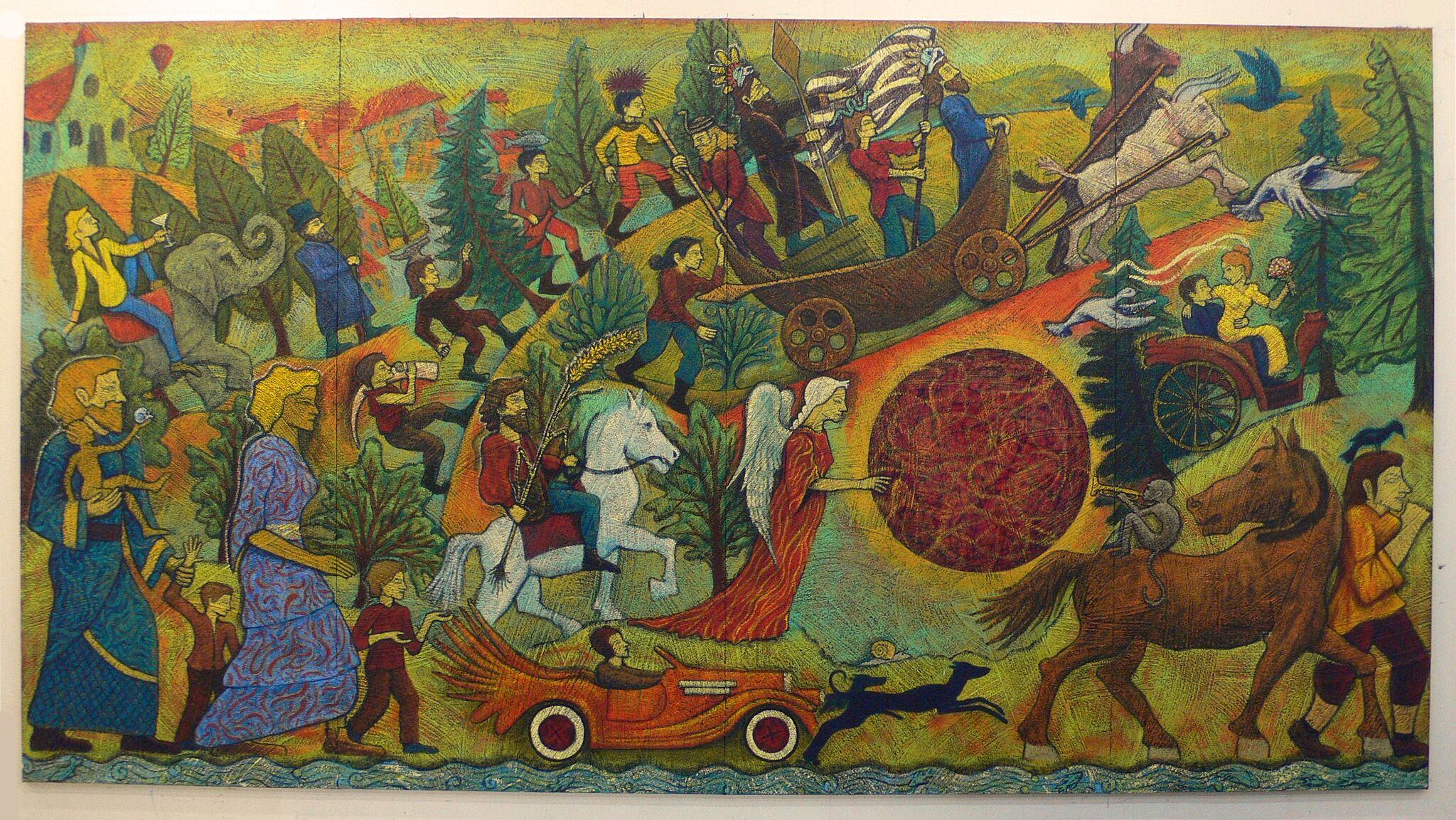
Upon the recommendation of his physics teacher, Gus Ritson, Julian applied to the University College London’s prestigious art school, The Slade School of Fine Art. He was rejected, however remained intent on studying art in London and so accepted his spot at the Chelsea College of Art and Design for a foundation year before reapplying to the Slade. In 2009 Julian successfully secured himself a spot at the university recommended him by Gus Ritson.
The five years Julian spent in London were academically, personally and professionally formative ones. Against the backdrop of his relatively rural upbringing, London’s dynamism, scale, history and international influences sparked off a new intensity in the young artist’s work. Exposure to the historical displays in the British Museum, the National Gallery and the Victoria and Albert Museum alongside exhibitions by contemporary artists such as Anselm Kiefer, Jonas Burgert, Adrien Ghenie and Takashi Murakami led him to expand his visualisation of the possibilities within painting, something which would have proved difficult anywhere else in Europe.
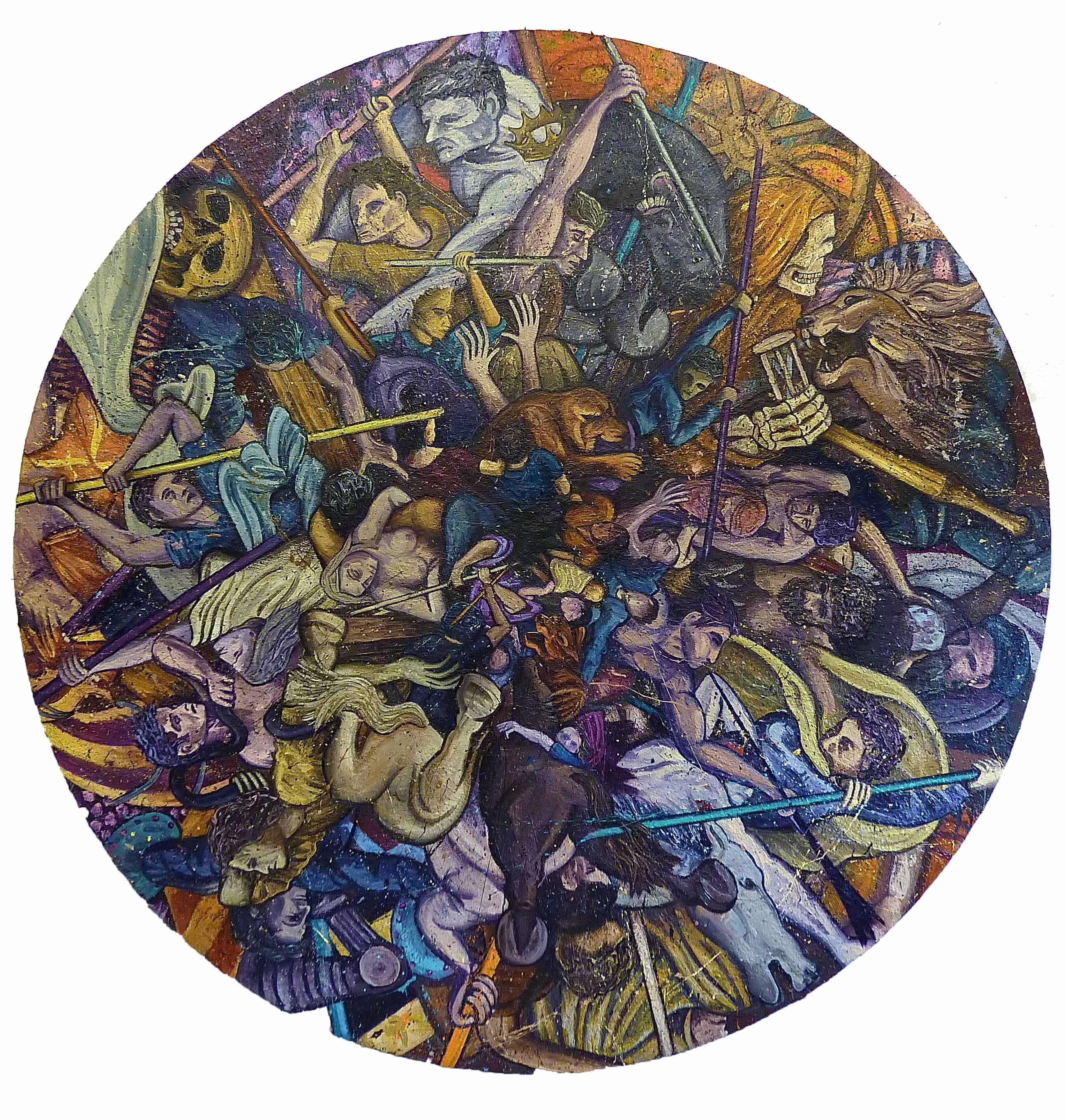
Unlike many contemporary artists who focus on abstract, conceptual or process based visual solutions, Julian’s paintings reflect an eager search for images and symbols that contain residues of his emotional and experiential relationship to worldly things. The stages for the figurative dramas that manifest in the paintings were of an urban and man-made nature during his time in London. Since moving back to Switzerland, the stages morphed into hilly landscapes and the dramas depicted morphed from hostile and dystopian urban spectacles into ornamental snapshots of romantic and playful stories. There is no doubt that the state of mind inhabited by the young artist, now that he lives and works on the shores of lake Geneva, is of a lighter, more joyful and less agitated nature than the state of mind he inhabited whilst living and working in the jostle of a large city. However, one thing remains constant in his work: the search for gripping compositions and figurative narratives that connect us to emotional, worldly and perhaps even spiritual experiences or memories.
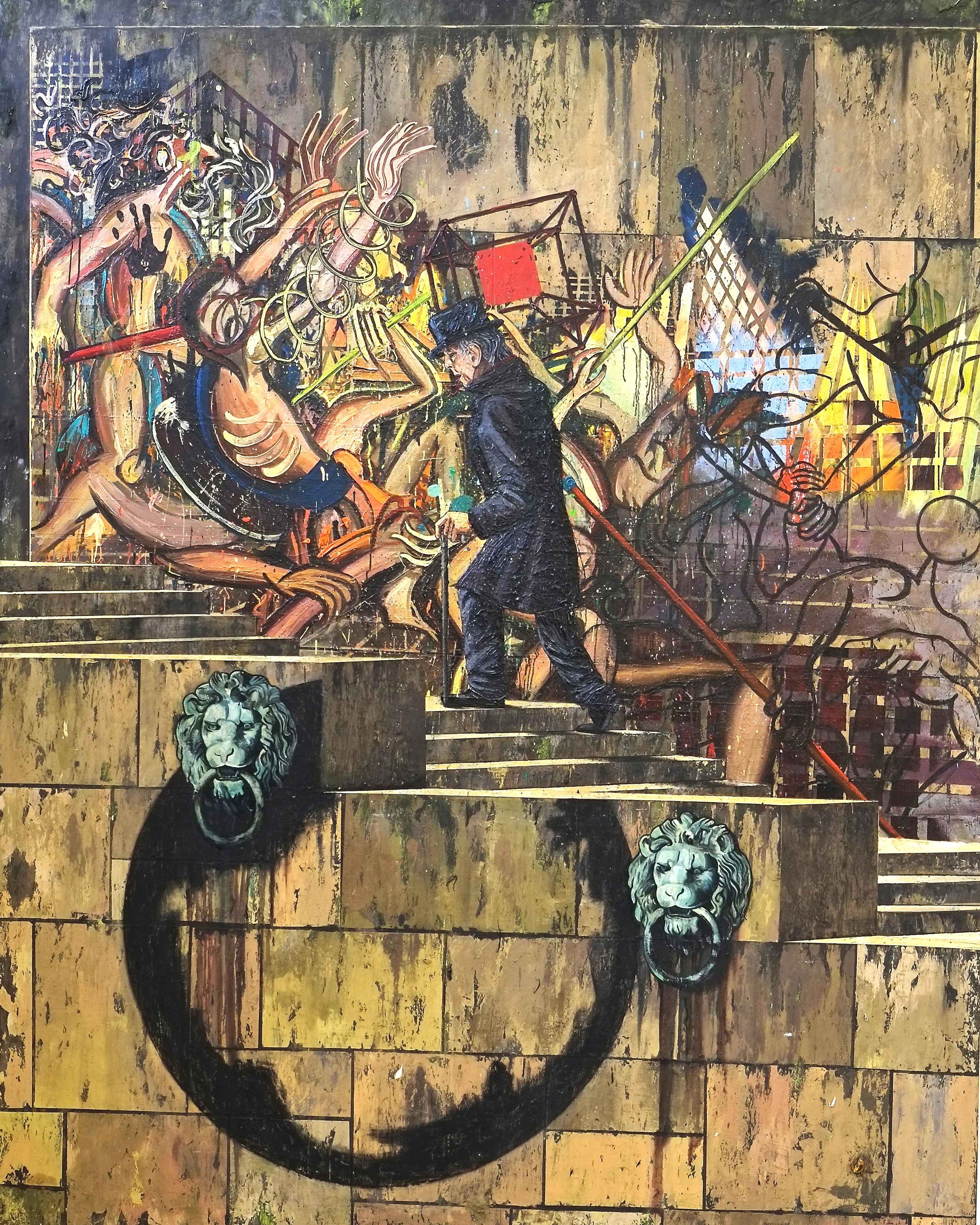
There are three big questions that any artist or entrepreneur will be confronted with at some point along the way to realising their creations. The first is, what to make? The second, why make it? The third, what form should the idea take or how should it be executed? As a writer, I have often looked at Julian and his works and wondered what his answers to these questions might be. For me, the pleasure in writing, be it code or fiction, lies in bringing something into existence which doesn’t yet exist. This very act is life-affirming and gives us something to identify with and to concentrate our minds on which comes from within. Making art is first and foremost a journey of self discovery; recasting aspects of the I as something which can be perceived through the senses and contemplated: is this good? Is this bad? How could this be better? Where are my limitations? What do I need to do in life in order to bring about the changes that I want to see manifested? Noticeable changes in Julian’s work include thematic changes, textural changes and formal changes to the figurative elements (which have become largely profile-based). Presumably, these changes have come about through his efforts to generate a visual language that is formally and stylistically distinctive and very much ‘his own’. At this point, all I can say is that I’m excited to see where he’s heading with his work and in life!
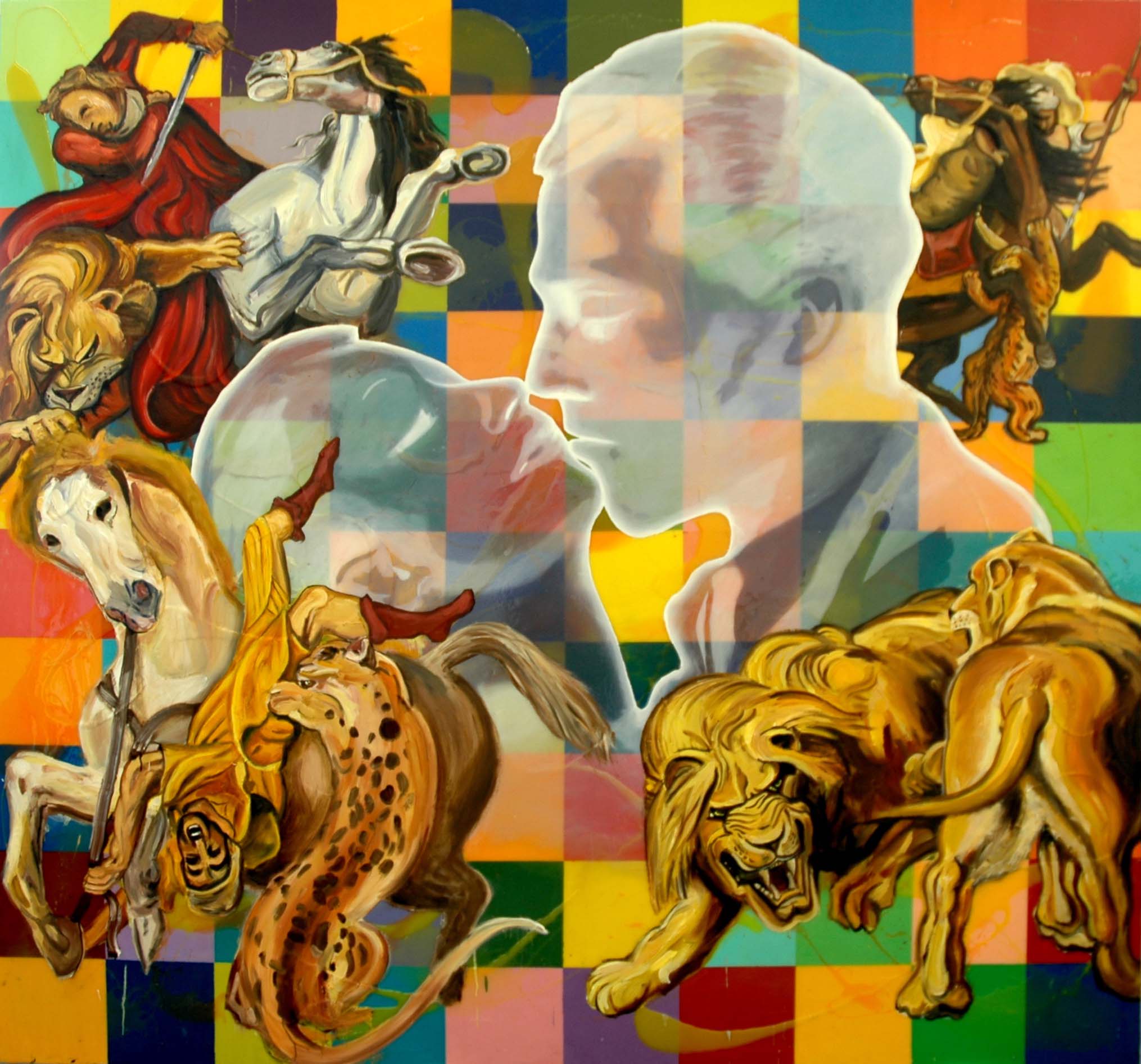
Elliot Hughes: Friend, Author, Physicist and Art Lover.

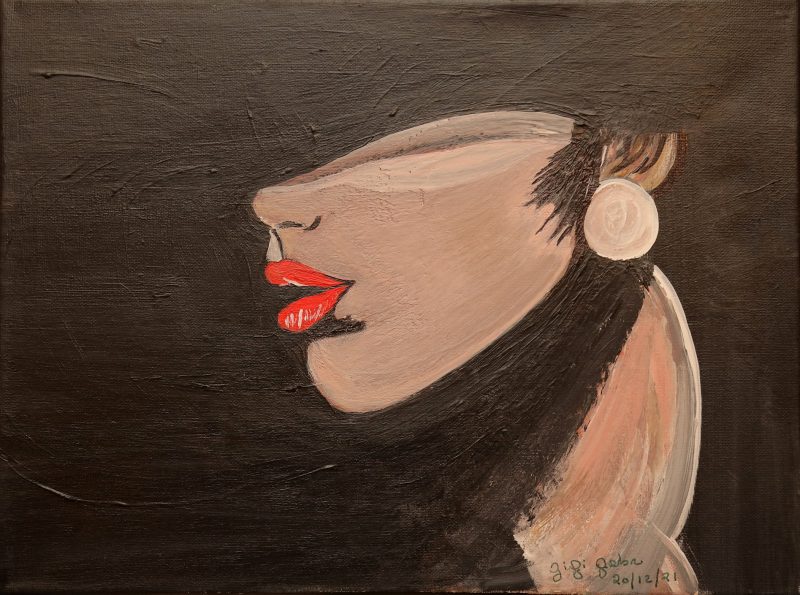
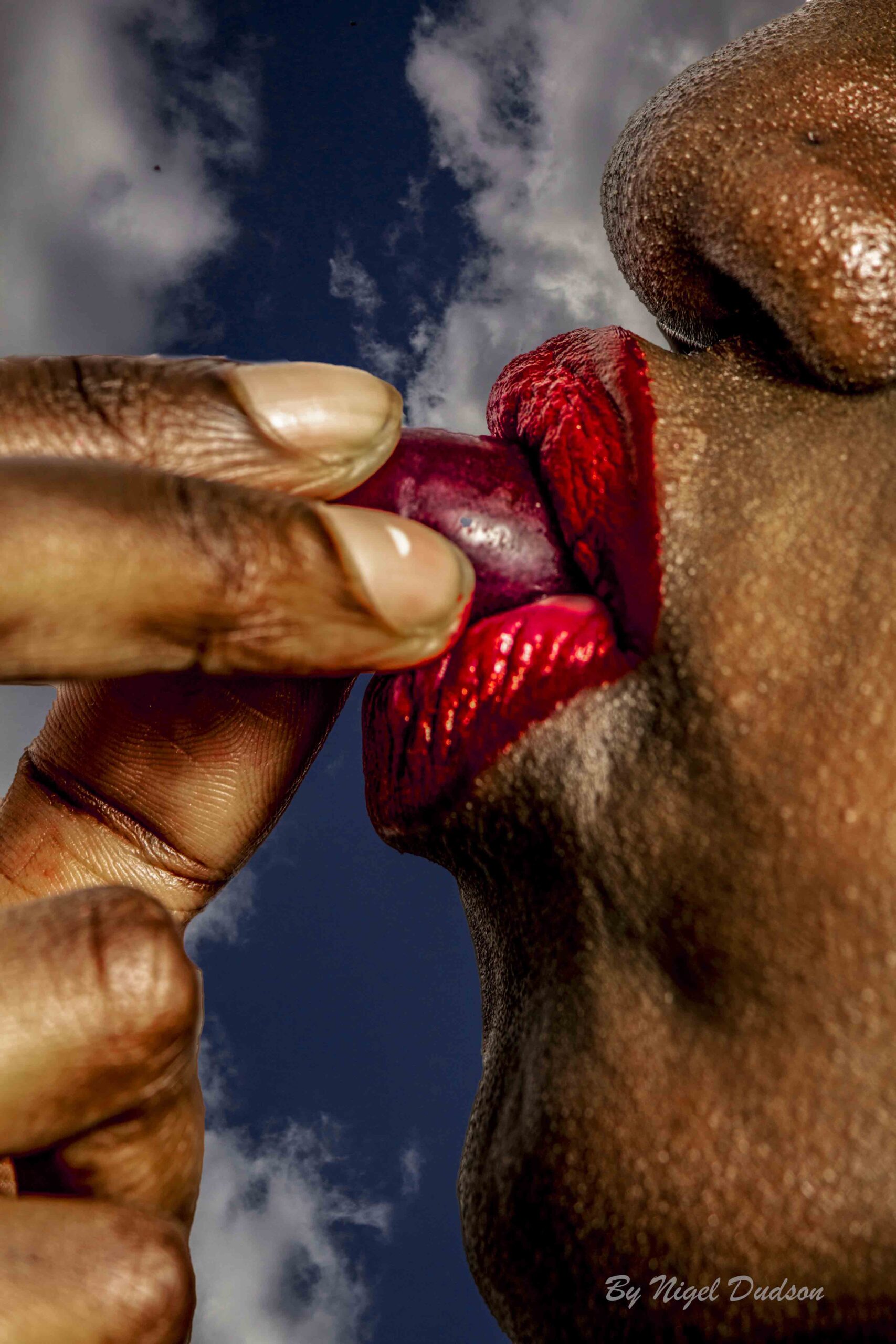


 Saving...
Saving...